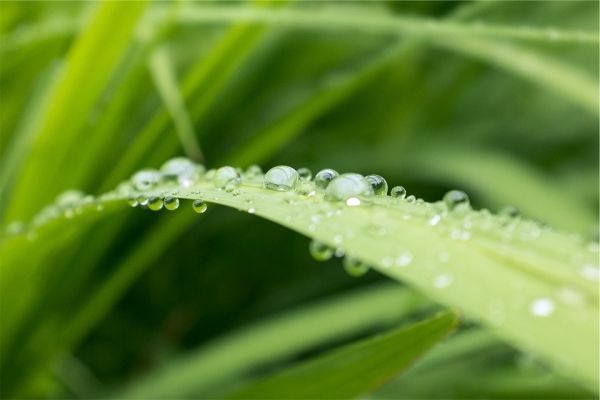An international collaboration between researchers at the University of Copenhagen, Nagoya University and the University of Western Australia has resulted in a breakthrough in plant biology. Since 2014, the researchers have worked on identifying the genetic background for the improved flood tolerance observed in rice, wheat and several natural wetland plants. In a New Phytologist, article, the researchers describe the discovery of a single gene that controls the surface properties of rice, rendering the leaves superhydrophobic.
One gene to rule them all! The gene is called LGF1. It controls the nano-structure of leaf surfaces. During flood events, the gene enables survival of submerged rice since the wax nano-structures retain a thin Leaf Gas Film; hence the name of the gene, LGF1. The gas films facilitate gas exchange with the floodwater so that carbon dioxide can be taken up during the daytime in order to fuel underwater photosynthesis, and oxygen can be extracted at night.
The LGF1 gene also confers drought tolerance, since the tiny wax crystals reduce evaporation from the leaf surfaces, conserving tissue water.
Superhydrophobic surfaces retain a thin gas film when under water, and the gas film enables the stomata to function also during submergence. The stomata regulate the uptake of CO2 (carbon dioxide) for photosynthesis during the day, but also the uptake of O2 (oxygen) during darkness, enabling aerobic respiration. Without the protective layer of gas, the floodwater blocks the stomata and the gas exchange with the environment is greatly restricted; the plants are virtually drowning!
Read more at Faculty of Science - University of Copenhagen
Photo credit: Free-Photos via Pixabay


